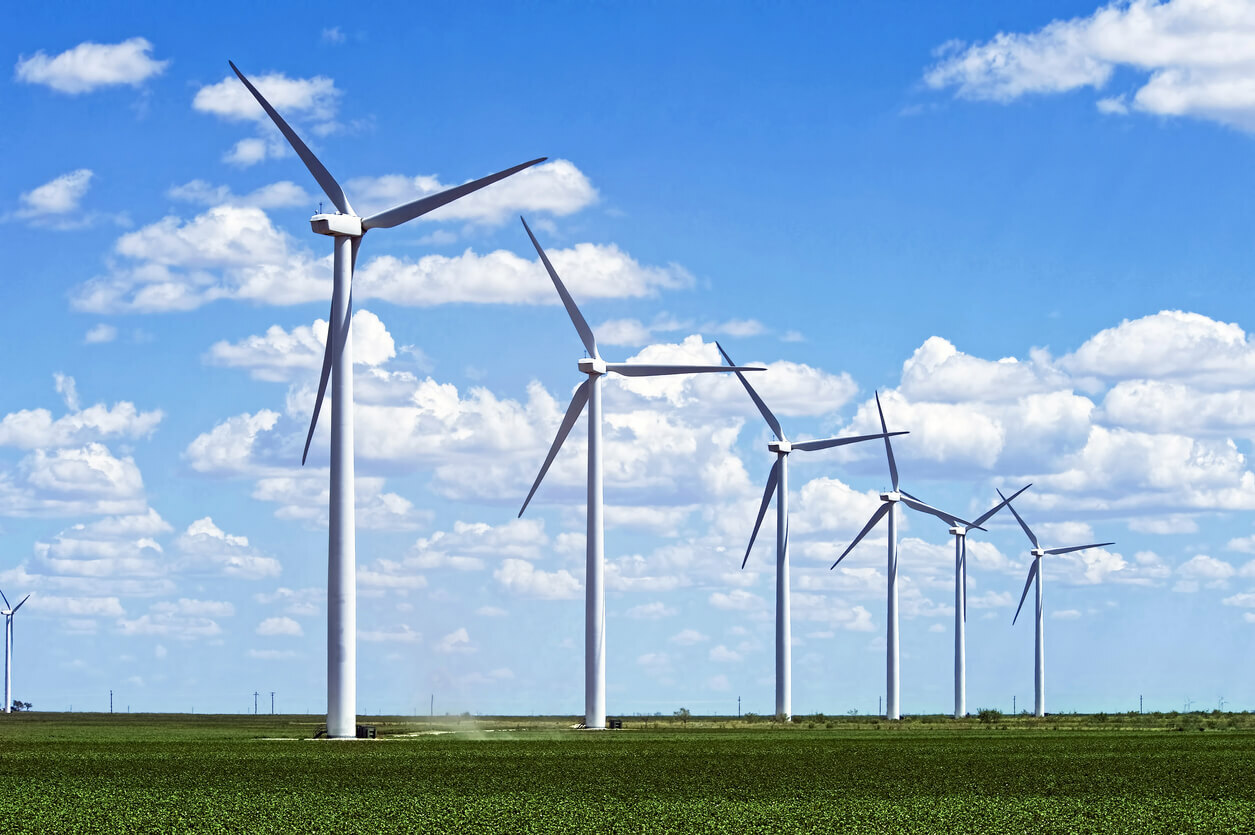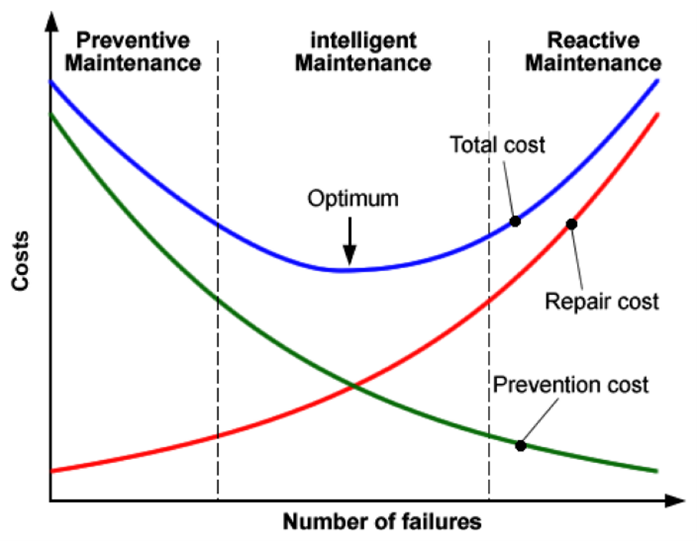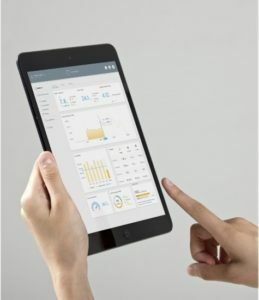AI Approach To Wind Turbine Condition Monitoring

Currently, the share of renewable electricity generation is 19% and is projected to double by 2050. Wind turbine generation capacity is expected to reach a record high of 23 gigawatts (GW) by the end of 2020. Most of this growth can be attributed to reduced capital costs and support from federal tax credits. Using artificial intelligence (AI) to improve efficiency and further decrease capital costs will enable these growth patterns to continue.
MAINTENANCE IS THE ACHILLES HEEL OF THE WIND INDUSTRY
Even as wind power costs have drastically reduced in the past few decades, the industry still struggles to compete economically with other resources. Monitoring and maintenance are some of the biggest expenditures for wind farms. A wind turbine’s life expectancy is 20-25 years, but failure rates are higher in the first three years and last five years. When maintenance is needed, it’s typically very costly and there’s a slow lead time for repairs, which means long-term turbine shutdowns. Quick response to potential system failures is a key factor to optimizing return on investment and better inventory management.

CURRENT CONDITION MONITORING STRATEGIES FALL SHORT
Traditional monitoring strategies fall short in adequately protecting wind turbines. Traditionally, the supervisory control and data acquisition (SCADA) and condition monitoring systems (CMS) are paired with sensors for data collection. A conventional CMS relies on alarms to detect faults. Sensors are gathering vast amounts of data each second.
However, the output data from SCADA systems is unstructured and difficult to analyze, which causes even longer downtime for turbines experiencing failures. Typically, more sensors are needed for better component-level tracking, further increasing maintenance costs. A technician’s only hope is to make sense of all this data through AI technology.
PREDICTIVE MAINTENANCE WITH AI PROVIDES ACTIONABLE INSIGHT
Anywhere there’s data being collected, there’s typically an application for AI to improve the process. Therefore, it should be no surprise that AI is being adopted to improve condition monitoring. Unstructured SCADA data collected over time can be used to train AI models for performance predictions. The model can detect developing faults, determine severity, and predict lead time for maintenance. AI technology uses pattern recognition for earlier fault detection, rather than waiting for sensor limits to be reached before maintenance begins.
Brüel & Kjær Vibro and Turbit are examples of companies that are using data acquired from turbine sensors to train AI models for performance predictions. By utilizing historical SCADA data, these companies have built algorithms to learn performance behavior for each turbine. Turbine-specific performance is predicted with an accuracy of over 99%, allowing for shutdown detection and short- and long-term change monitoring. After all, each turbine is unique and faces different weather conditions.
AI has also led to decreased quantity of sensors required. AI models examine vibration signatures to identify running speed, eliminating the need for a cumbersome speed reference sensor. Decreased hardware and smarter software are the gateway to more affordable wind turbine operation and maintenance.
PROGNOSTICS EXTEND AI’S BENEFITS FURTHER IN WIND INDUSTRY
Once faults have been detected and there’s a list of potential failure modes, predictions must be made on when and what components need to be replaced. Prognostics calculate the remaining useful life on components, minimizing maintenance intervention and production interruptions. Most current systems rely on technicians to diagnose failures based on their own experiences. Technicians can use AI as a tool to help them perform diagnostics and prognostics in a quicker manner.
The target is to combine diagnostics and prognostics in real time to completely avoid turbine downtime. Wind farm managers will be able to extend the useable lives of their turbines and maximize production capabilities. The extent to which AI can be used for condition monitoring depends on the data cleanliness and availability.
MANAGING THE MOUNTAIN OF DATA WITH MICROSOFT AZURE
Microsoft Azure is a platform that allows companies to build custom cloud solutions with advanced AI capabilities.
Envision has made great use of Azure’s cloud storage by combining it with Internet of Things (IoT), big data, AI, Artificial Intelligence of Things (AIoT) and machine learning. They use these digital strategies to harness the potential of wind turbine output data. Azure cloud enables Envision to continuously develop and update system modeling applications. As a result, Envision is closer to their goal of centralizing renewable energy technology and optimizing performance and cost savings.

Azure’s cloud storage capabilities and AI builder tools could help solve the issue of large-scale data processing and storage for wind turbine condition monitoring. Renewable energy companies should take advantage of technology solution providers to improve asset management.
Opportune LLP is a leading energy business advisory firm that provides technical and functional solutions to energy companies. Our recent partnership with Microsoft has allowed us to leverage our preexisting expertise in power and commodities and couple it with sophisticated solutions that optimize clients’ business functions.
Related Insights
Our experts are here
for you.
When you choose Opportune, you gain access to seasoned professionals who not only listen to your needs, but who will work hand in hand with you to achieve established goals. With a sense of urgency and a can-do mindset, we focus on taking the steps necessary to create a higher impact and achieve maximum results for your organization.
LeadershipGeneral Contact Form
Looking for expertise in the energy industry? We’ve got you covered.
Find out why the new landmark legislation should provide a much-needed boost for the development of carbon capture.






